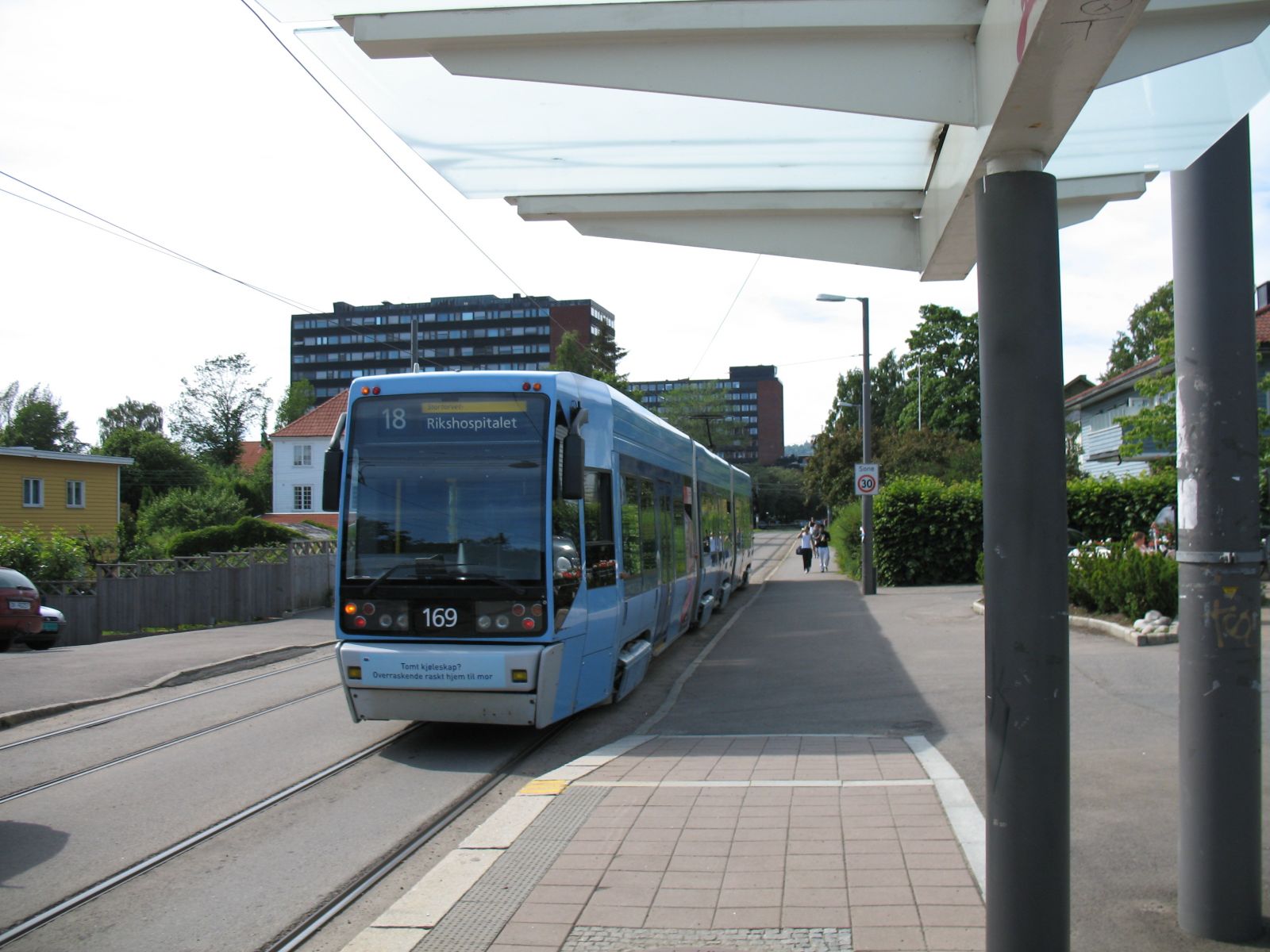Theme: Big data
Theme: Big data
The amount of data in our world has been exploding. Companies capture trillions of bytes of information about their customers, suppliers and operations, and millions of networked sensors are embedded in devices such as mobile phones and automobiles, sensing, creating and communicating data. Multimedia and individuals with smartphones and on social network sites contibute to the exponential growth. Big data refers to datasets whose size is beyond the ability of typical database software tools to capture, store, manage, and analyse. As technology advances over time, the size of datasets that qualify as big data will also increase. The definition can vary by sector, depending on what kinds of software tools are commonly available and what sizes of datasets are common in a particular industry.
We are experts in using and understanding rich complex interactions of large data sets. We pull out the essence, identify the structure and find the essential correlations in the data. Based on data we can develop models which describe or predict various variables of interest. This gives unique insight to and fundamental understanding of the data at hand.
Some examples of big data related projects at NR:
|
|
|
We participate in the Bioinformatics Core Facility where we provide statistical supervision and consulting in genomics. We have also contributed with statistical methodology to the Genomic HyperBrowser, and have worked on projects for some Norwegian bioinformatics companies.
|
|
In this project we estimate the climate sensitivity, an important parameter in a climate model.
|
|
Eiendomsverdi AS has developed an algorithm that automatically estimates the market value of a property, without the need to be present in the property of current interest. We are using statistical methods to improve Eiendomsverdi's methodology for making value estimates more precise.
|
|
The main focus of Basel II is on credit and operational risk. However, the banks also are required to have a strategy for assessing the overall capital adequacy. This means that they need a model that aggregates the different risk types to assess the total risk. NR has long experience in developing risk aggregation models for Norwegian banks.
|
|
In this project for Ruter AS, NR has developed a method for estimating tram passengers entering and leaving the tram at any stop and trip based on passenger counts from a subset of trips. All estimates are given with a quantified uncertainty.
|

 Statistical analysis of genomic data
Statistical analysis of genomic data Bayesian estimation of the climate sensitivity
Bayesian estimation of the climate sensitivity Improved value estimation of properties
Improved value estimation of properties Basel II and modeling of total risk
Basel II and modeling of total risk Tram passenger traffic modelling
Tram passenger traffic modelling